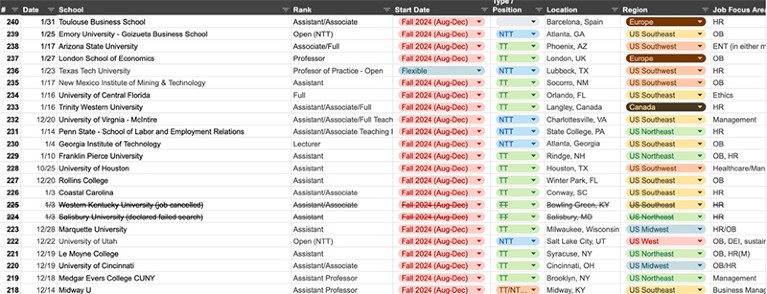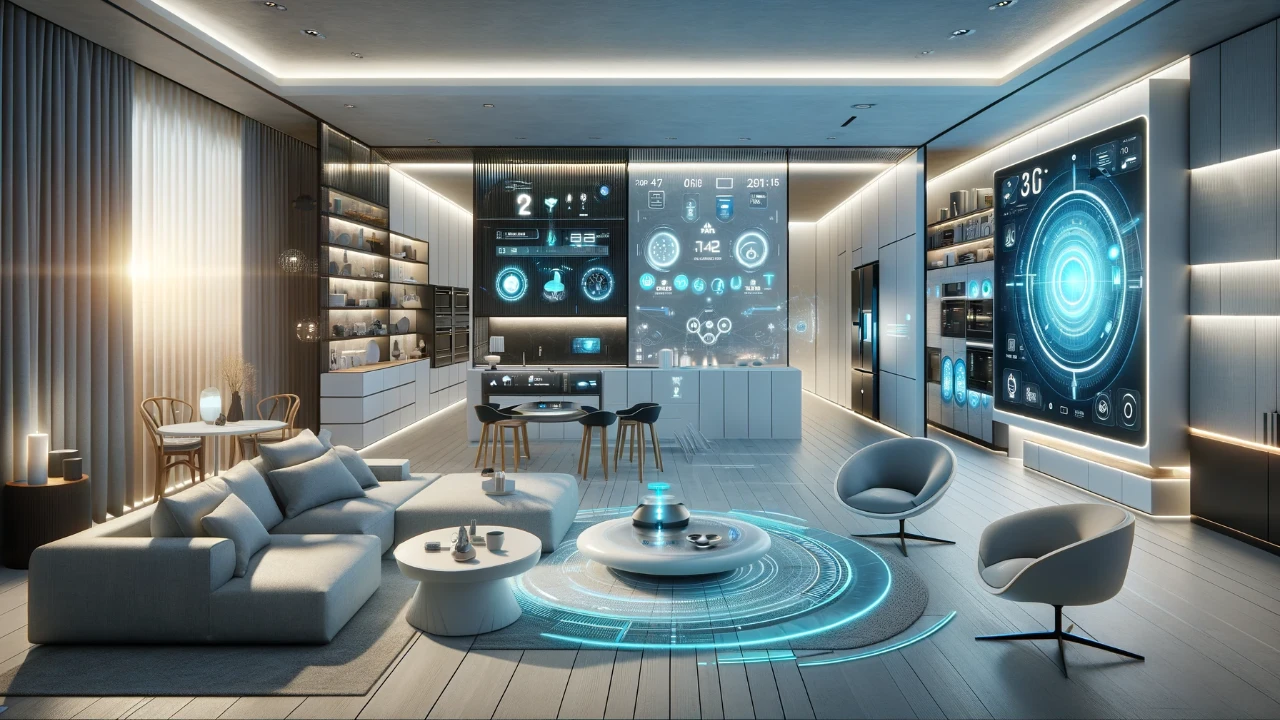[ad_1]
Two months after I started using the Apple Vision Pro, it hasn’t transformed the way I live. It hasn’t replaced my TV, and it doesn’t make me want to give up my powerful desktop or slim laptops. It’s just another tool in my gadget arsenal — one I can don to catch up on X-Men ’97 in bed, or to help me dive deep into research while I’m away from my office. The Vision Pro becomes normal so quickly, it’s almost easy to forget how groundbreaking it actually is. Its screens are still absolutely stunning, and the combination of eye tracking and Apple’s gesture controls makes for the most intuitive AR/VR interface I’ve seen yet.
While the Vision Pro still isn’t something most people should consider buying, Apple has thrown out a few bones to early adopters. There are more games popping up on the App Store and Arcade every week, and there are also a handful of 3D films being offered to Apple TV+ subscribers. The addition of Spatial Personas also goes a long way towards making the Vision Pro more of a telepresence machine (more on that below). But we’re still waiting for the company to make good on the promise of 180-degree Immersive Video, as well as to let users create higher quality Spatial Videos on iPhones.
How I use the Apple Vision Pro
Once the pressure of reviewing every aspect of the Vision Pro was over, I started incorporating it into my life like a typical user. (Full disclosure: I returned the unit I originally bought, but Apple sent along a sample for further testing.) Mostly, that means not forcing myself to use the headset for large chunks of the day. Instead, my Vision Pro time is more purpose-driven: I slip it on in the morning and project my MacBook’s screen to clear out emails and catch up on Slack conversations, all while a YouTube video is virtually projected on my wall.
In the middle of a work session, or sometimes right before diving into a busy workday, I run through a five- or ten-minute meditation session with the Mindfulness app. I can easily meditate without any headgear, but I’ve found the app’s calm narration and the immersive environment it creates (since it completely blocks out the real world) to be incredibly helpful. It’s like having your own yoga teacher on staff, ready to help calm your brain whenever you have a free moment.
I’ve also learned to appreciate the Vision Pro as a way to expand where I can get work done. As someone who’s been primarily working from home since 2009, I learned early on that changing locations was an easy way to keep myself engaged. I try not to write in the same place where I’ve been checking email in the morning, for example. I normally hop between a PC desktop and large monitor (currently it’s Alienware’s 32-inch 4K OLED) in my office, and a MacBook Air or Pro for writing around the house. Sometimes I’ll go to a nearby park or cafe when I need to zone into a writing assignment for several hours.
With the Vision Pro, I can actually handle some serious multitasking from my deck or kitchen without being tied to a desktop computer. I’ve found that useful for covering events to avoid getting stuck inside my basement office (I can have a video streaming on a virtual window, as well as Slack and web browsers open via a projected MacBook). I’ve juggled conference calls while being sick in bed with the Vision Pro, because it felt more comfortable than staring down at a tiny laptop display.
I still haven’t traveled much with the headset, but I can foresee it being useful the next time I take a weekend trip with my family. Tested’s Norman Chan told me he’s used the Vision Pro during long flights, where it makes the hours just disappear. I’m still working myself up to that — I’d much rather use a small laptop and headphones on planes, but I can imagine the beauty of watching big-screen movies on the Vision Pro while everyone else is staring at tablets or cramped seat-back displays.
The Vision Pro remains a fantastic way to watch movies or TV shows at home, as well. When I’m too tired to head downstairs after putting my kids to sleep, I sometimes just veg in bed while projecting YouTube videos or anime on the ceiling. That’s where I experienced a trippy temporal shift while watching X-Men ’97: As soon as its remastered theme song spun up, I was immediately transported back to watching the original show on a 13-inch TV in my childhood bedroom. If I could somehow jump back into the past, Bishop-style, it would be impossible to convince my 10-year-old self that I’d eventually be watching a sequel series in a futuristic headset, projected in a 200-inch window. How far we’ve come.
Spatial Personas are a telepresence dream
When Apple first announced the Vision Pro last year, I couldn’t help but be creeped out by its Persona avatars. They looked cold and inhuman, the exact sort of thing you’d imagine from soulless digital clones. The visionOS 1.1 update made them a bit less disturbing, but I didn’t truly like the avatars until Apple unveiled Spatial Personas last week. Instead of being confined to a window, Spatial Personas hover in your virtual space, allowing you to collaborate with friends as if they were right beside you.
The concept isn’t entirely new: I tested Microsoft Mesh a few years ago with a HoloLens 2 headset, which also brought digital avatars right into my home office. But they looked more like basic Miis from the Nintendo Wii than anything realistic. Meta’s Horizon Workrooms did something similar in completely virtual spaces, but that’s not nearly as impressive as collaborating digitally atop a view of the real world.
Apple’s Spatial Personas are far more compelling than Microsoft’s and Meta’s efforts because they’re seamless to set up — you just have to flip on Spatial mode during a FaceTime chat — and they feel effortlessly organic. During a Spatial Persona call with Norm from Tested, we were conversing as if he was sitting right in front of me in my home theater. We were able to draw and write together in the Freeform app easily — when I stood up and reached out to the drawing board, it was almost as if we were standing beside each other at a real white board.
SharePlay with Spatial Personas
We were also able to customize our viewing experiences while watching a bit of Star Trek Beyond together using SharePlay in the Vision Pro. Norm chose to watch it in 2D, I watched in 3D, and our progress was synchronized. The experience felt more engrossing than a typical SharePlay experience, since I could just lean over and chat with him instead of typing out a message or saying something over a FaceTime call. I also couldn’t help but imagine how easy it would be to record movie commentaries for podcasts using Spatial Personas. (We’d have to use separate microphones and computers, in addition to Vision Pros, but it would make for a more comfortable recording session than following movies on a monitor or TV.)
Our attempts to play games together failed, unfortunately, because we were running slightly different versions of Game Room. We also didn’t have enough time during our session to sync our apps up. I eventually was able to try out Chess and Battleship with other Vision Pro-equipped friends and, once again, it felt like they were actually playing right beside me. (Norm and CNET’s Scott Stein also looked like they were having a ball with virtual chess.)
The main stumbling block for Spatial Personas, of course, is that they require a $3,500 headset. Apple is laying the groundwork for truly great telepresence experiences, but it won’t matter for most people until they can actually afford a Vision Pro or a cheaper Apple headset down the line.
With Horizon Workrooms, Meta allowed non-VR users to join virtual meetings using Messenger on phones and computers, so that they weren’t left out. Standard FaceTime users can also join Vision Pro chats alongside spatial personas, but they’ll be stuck in a window. And unlike Meta’s offering, regular users won’t be able to see any virtual environments (though you could still collaborate on specific apps like FreeForm). Meta’s big advantage over Apple was with capacity: Horizon Workrooms supports up to 16 people in VR, as well as 34 more calling in from other devices. Spatial Persona chats, on the other hand, are limited to five participants.
No momentum for Immersive Video
Apple’s 180-degree Immersive Video format was one of the most impressive aspects of the Vision Pro when I previewed it last year, and the handful of experiences at launch were pretty compelling. But the Immersive Video well has been dry since launch — the only new experience was a five-minute short showing off the 2023 MLS Playoffs, which was mostly disappointing.
While that short had such great resolution and depth that it felt like I was actually on the pitch, the MLS experience is disorienting because it cuts far too often, and with no sense of rhythm. Once you get settled into a scene, perhaps watching someone gear up for a well-placed goal, the camera view changes and you have no idea where you are. It’s almost like a five-minute lesson in what not to do with Immersive Video. Hopefully, the MLS has a longer experience in the works.
I’m not expecting a tsunami of Immersive Video content, since the Vision Pro is still an obscenely expensive device meant for developers and professionals, but it would be nice to see more of a push from Apple. The company is teasing another six-minute episode of Prehistoric Planet for later this month, but again that isn’t really much. Where are the creators pushing Immersive Video to new heights? While the content is likely hard to work with since it’s shot in 3D and 8K, the format could be a perfect way for Apple to extol the virtues of its new chips.
In lieu of more Immersive Videos, I’ve been spending more time re-watching Spatial Videos captured with my iPhone 15 Pro. They still look more realistic than 2D clips, but I’ve grown to dislike the 1080p/30fps limitation. It’s just hard to accept that resolution when I know my phone can also produce crisp 4K and 60fps footage. The $3 app Spatialify helps somewhat by unlocking 1080p/60fps and 4k/30fps spatial video capture, but its footage is also more shaky and buggy than the iPhone’s built-in camera. At this point, I’ll consider using Spatialify if my phone is on a tripod or gimbal, but otherwise I’ll stick with the native camera app.
What’s next for the Apple Vision Pro
We’ll likely have to wait until Apple’s WWDC 24 event in June before we hear about any more major upgrades for Vision Pro or visionOS. That would be appropriate, since last year’s WWDC was the headset’s big debut (and a hellish day for us trying to cover all the news). Now that the hardware is in the wild, Apple has to convince developers that it’s worth building Vision Pro apps alongside their usual iOS, iPadOS and macOS wares. It’s not just some mythical spatial computing platform anymore, after all.
[ad_2]
Source Article Link








